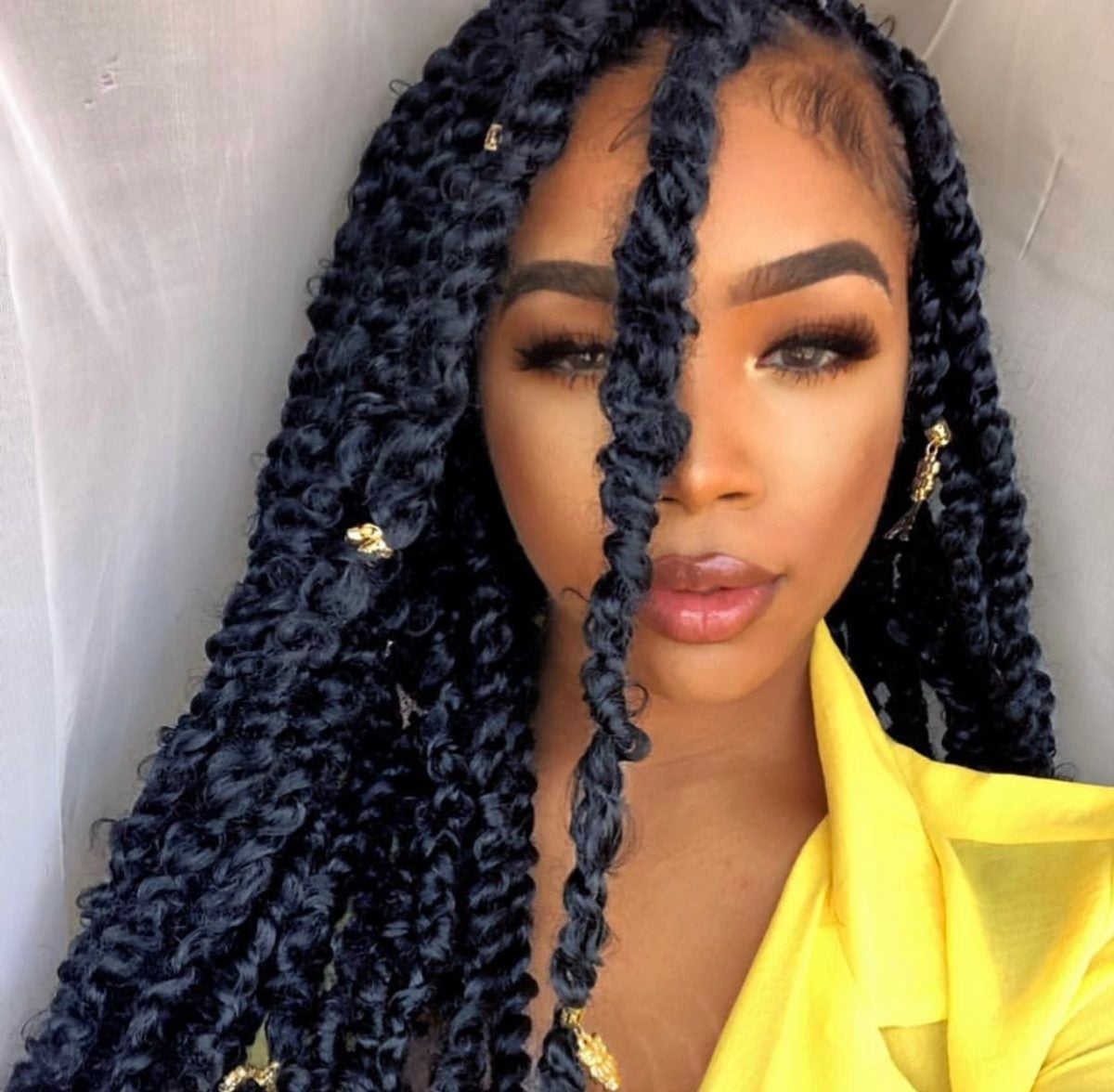

Using finishing products like a mousse on this style can make a big difference in your hairstyle holding on a few more weeks, or maybe even a month longer. Therefore, if you are looking to rock this protective style for an extended period of time, you will probably have to eventually get it redone after about a month or so. Like most braided styles, the smaller the twist the longer the style lasts.īecause they are two strand twists, they don’t last as long as your normal braided hairstyles that use three strands. It’s not super necessary, but stretched hair will definitely produce the best results.

This means that for us naturals it might be best to do a heatless stretch or stretch our hair on medium heat before getting them installed. To get the best results, passion twists should be installed on washed, moisturized, and stretched hair. They give the illusion of a curly loc or twist, but don’t cost the price of a goddess loc or take nearly as long to style. There’s nothing wrong with using a tiny amount on the tips.These twists are a perfect mixture between Goddess locs and Senegalese twists. Sometimes we have to use butter or pomade for a better hold. We usually finger coil the tips together for creating a nice knot.

If you are adding hair extension, you will add the strands one at a time, overlapping your natural hair starting from the roots and twist out naturally or you will begin to with cornrows and interlace the hair locs and begin the twists at the scalp all the way out. After every twist, it is highly recommended you do this to help lock in the twists faster and straighter for a better look and feel!


 0 kommentar(er)
0 kommentar(er)
